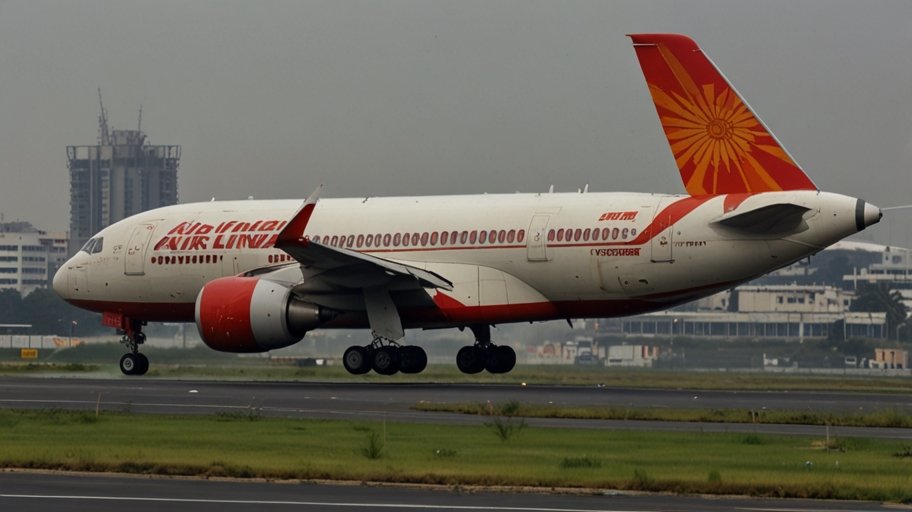For a period of five months, the Indian carrier has made a decision to discontinue direct flights between Mumbai and Melbourne, which implies a disorder that affects the passengers of this most favored route. It is worth mentioning that this decision took effect right away and was due to operational reasons and fleet management. This is a negative turn of events for travelers who are very accustomed to the direct flights that connect the place of their work in India with the best Aussie cities and the only loft they can escape to in the case of hard times.
The flights are off schedule, with three flights each week, which is the direct impact of the suspension mentioned. This Indian carrier has pointedly mentioned that the passengers with their existing bookings during the given period will offer a choice between getting compensated or being booked on the partner airlines’ alternative flights. The airline stresses that this decision is a temporary one and that they will move forward with the flights to/from the route again after five months, provided that the aviation authority gives them the nod and the market is favorable to them. Nonetheless, this elongated duration of the suspension has raised serious doubts and questions among frequent flyers and businesses that count on the connection between the two cities.
The transcendent aspect of bilateral relationships between India and Australia, as well as tourism, can be seen in the context of this development. The Mumbai-Melbourne route has been crucial in the creation of business links and cultural exchange, in part due to Melbourne’s sizable Indian population and its local colleges, which are popular with Indian students and tourists. The concerns from the travel experts, who are afraid that the increase in tourism, as well as business trips, would be restrained by the suspension of the route, may affect the financial results of the two cities. They, therefore, urged other airlines to vote for augmenting their offer of flights on the route to close the void created by Air India’s time out of the route.
The temporary suspension of operations also addresses challenges related to airlines’ post-pandemic management. Air India, which has seen substantial changes after its privatization, might be making use of this time to rationalize its route network and efficient use of its fleet. According to the experts of the airline industry, it is possible that the carrier is either shifting some of its valuable resources to more profitable routes or getting ready for the introduction of new aircraft. Although the decision may be a proper strategic approach for the airline, it clears up the issue of how the carriers have to balance between efficiency in their operations and the fulfillment of the market demands.

